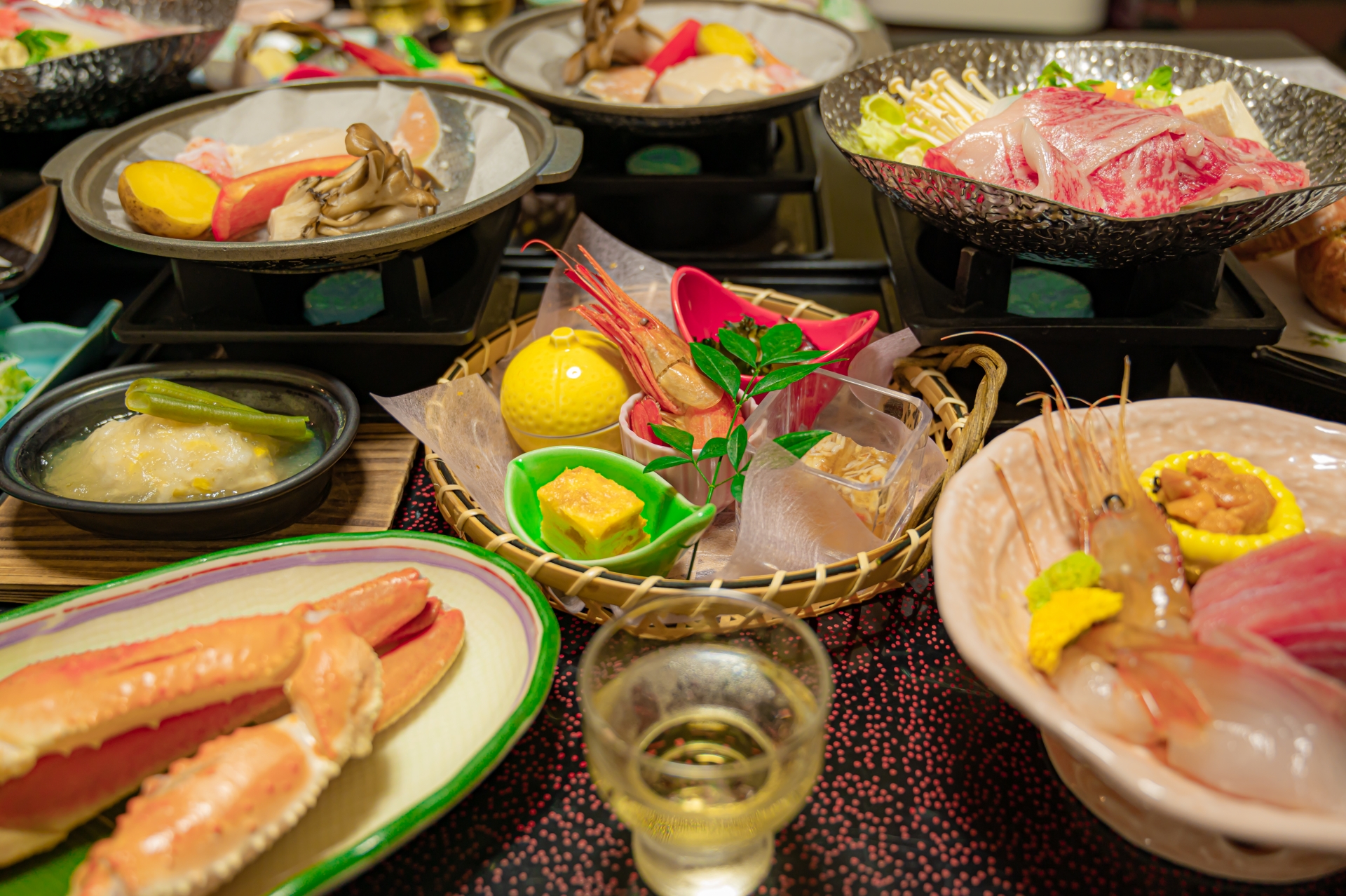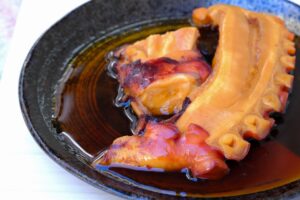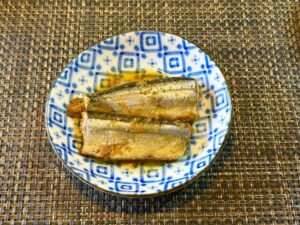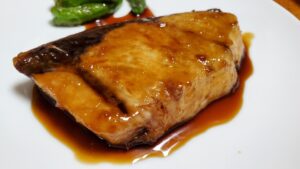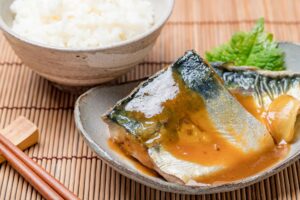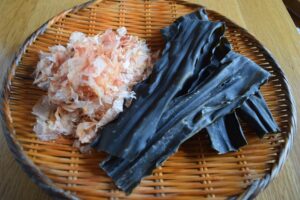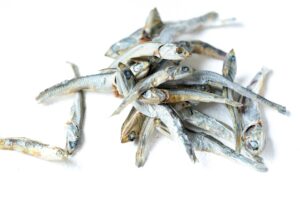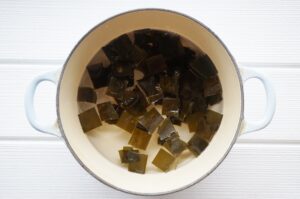Kaiseki (懐石) is the pinnacle of Japanese haute cuisine — a multi-course dining experience that harmonizes taste, texture, appearance, and seasonal themes. Originating from the tea ceremony, Kaiseki today is a sophisticated culinary tradition rooted in centuries-old practices, yet evolving with modern chefs. This guide introduces the essentials of Kaiseki, from its historical roots to what to expect during a meal, the seasonal variations, and how it differs from other Japanese fine dining styles.
What Is Kaiseki? Definition and Origins
Kaiseki (written either as 懐石 or 会席) is widely regarded as the pinnacle of traditional Japanese haute cuisine. It embodies a multi-course dining experience that seamlessly balances taste, texture, appearance, and seasonal resonance. Though today Kaiseki often refers to luxurious meals served at fine dining restaurants or ryokan (traditional inns), its origins are deeply rooted in Zen Buddhist traditions and the Japanese tea ceremony.
The term “Kaiseki” originally referred to a simple meal served during the tea ceremony (茶の湯, cha-no-yu), designed to prepare the stomach before consuming matcha. Written as 懐石 (literally “stone in the bosom”), it comes from the practice of monks warming a stone and placing it against their stomachs to stave off hunger during long periods of meditation. This interpretation emphasizes frugality and mindfulness.
Over time, the meaning evolved. The alternate kanji 会席 refers to a more elaborate, formal meal enjoyed during banquets and gatherings. Modern Kaiseki cuisine merges the spiritual minimalism of 懐石 with the refined artistry of 会席, creating a sophisticated dining experience that showcases seasonal ingredients, meticulous preparation, and aesthetic presentation.
Structure of a Kaiseki Meal: Course Breakdown
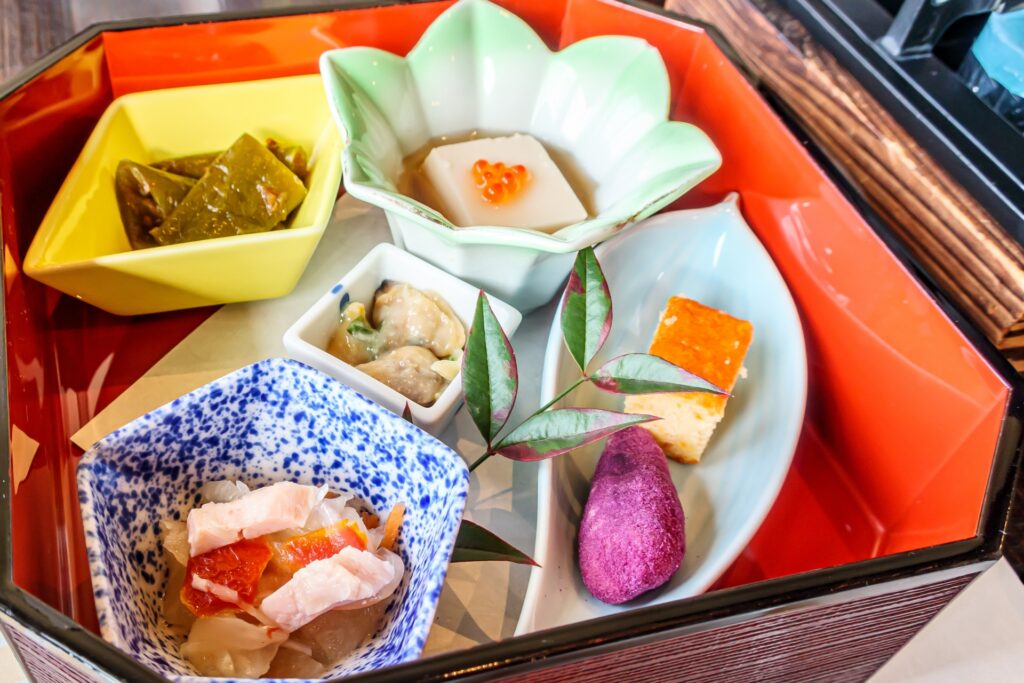
A traditional Kaiseki meal follows a harmonious flow of 8–10 courses, each with a specific role in stimulating the senses while reflecting seasonality and culinary balance. Here is a breakdown of typical courses:
| Course Name | Description | Common Ingredients/Dishes | Role in Meal |
| Sakizuke (先付) | Appetizer or amuse-bouche | Seasonal bite-sized dish | Opens the palate with subtle flavors |
| Wanmono (お椀) | Clear soup or simmered dish | Dashi-based soup with seafood, tofu, or seasonal veggies | Establishes seasonal theme; served in lacquer bowl |
| Mukozuke (向付) | Sashimi course | Fresh seasonal fish | Highlights raw delicacies; crisp presentation |
| Yakimono (焼き物) | Grilled item | Salt-grilled fish, Wagyu beef, miso-marinated dishes | Adds smokiness and umami richness |
| Nimono (煮物) | Simmered dish | Seasonal vegetables, tofu, or meat simmered in broth | Offers depth with warm, tender textures |
| Agemono (揚げ物) | Fried dish | Tempura, deep-fried seasonal ingredients | Provides crunch and contrast in texture |
| Sunomono / Mushimono (酢の物・蒸し物) | Vinegared or steamed dish | Pickled vegetables, chawanmushi (savory egg custard) | Refreshes the palate or soothes with light textures |
| Gohan, Kōnomono, Tomewan (ご飯・香の物・止め椀) | Rice, pickles, and miso soup | White rice, tsukemono (pickles), miso or clear soup | Brings closure; represents comfort and tradition |
| Mizugashi / Kanmi (水菓子・甘味) | Dessert | Seasonal fruits, yokan, mochi-based sweets | Light and sweet finish |
Each dish is thoughtfully arranged to progress from delicate and light to bold and savory, concluding with clean and refreshing flavors.
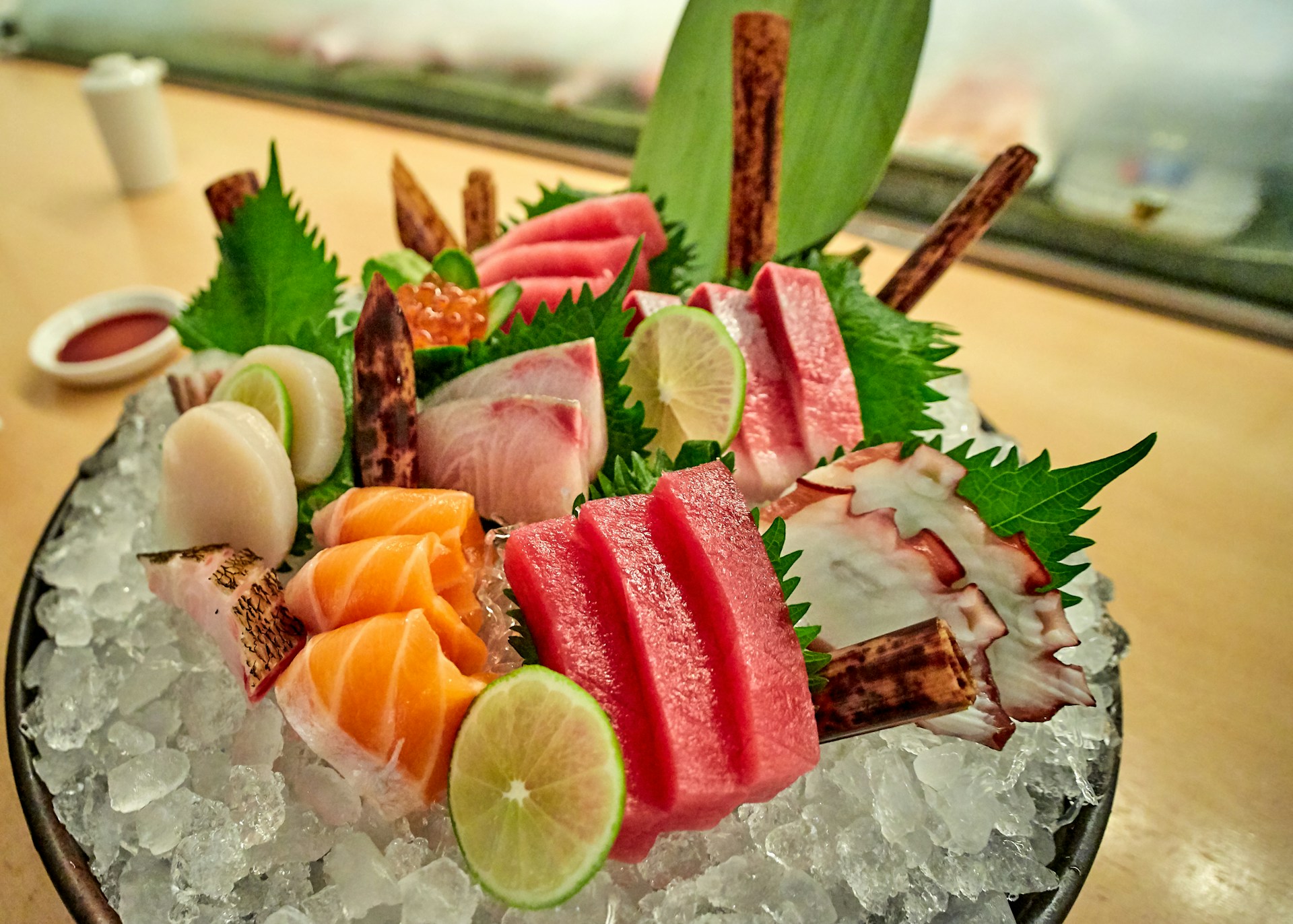
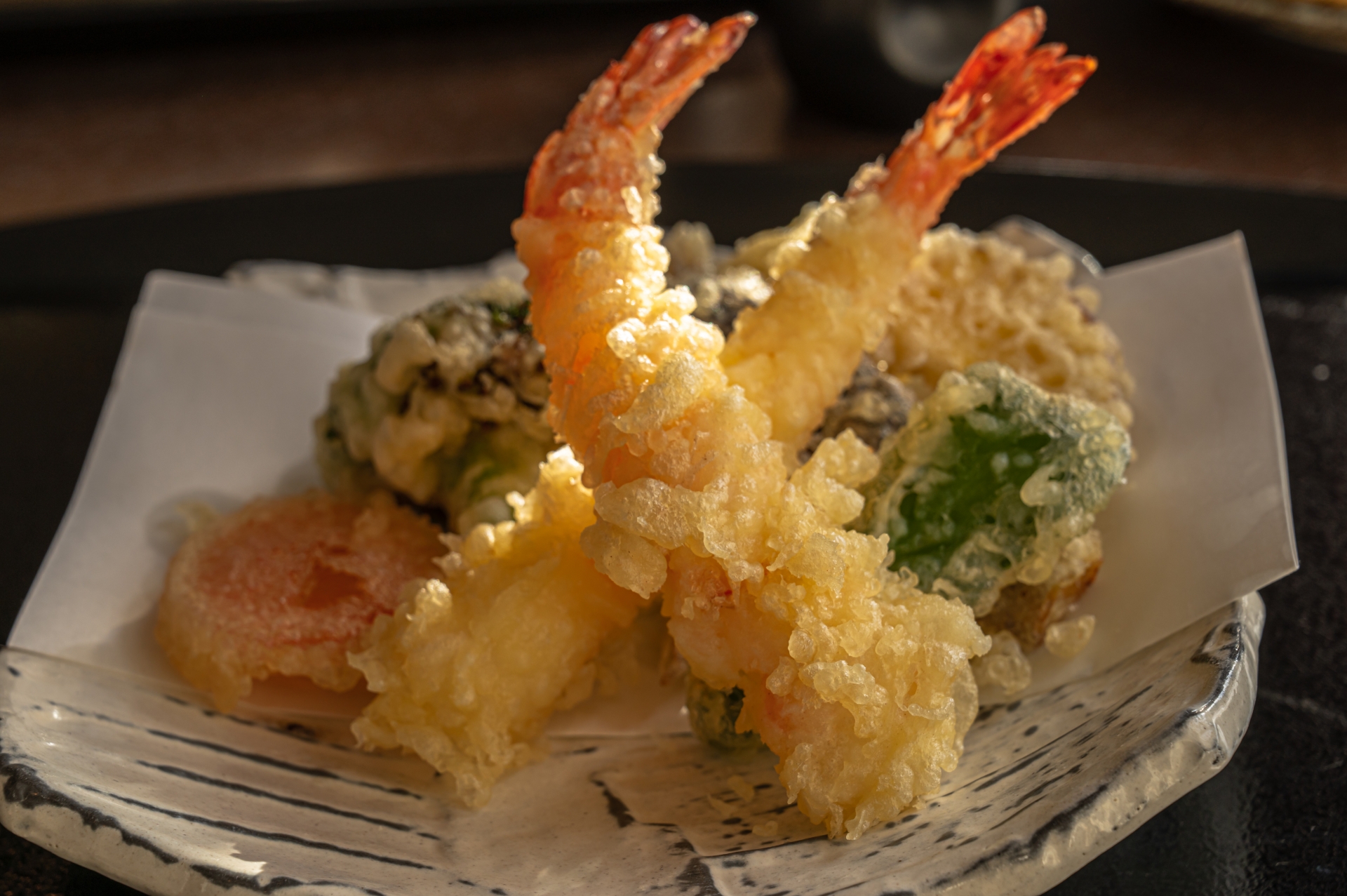
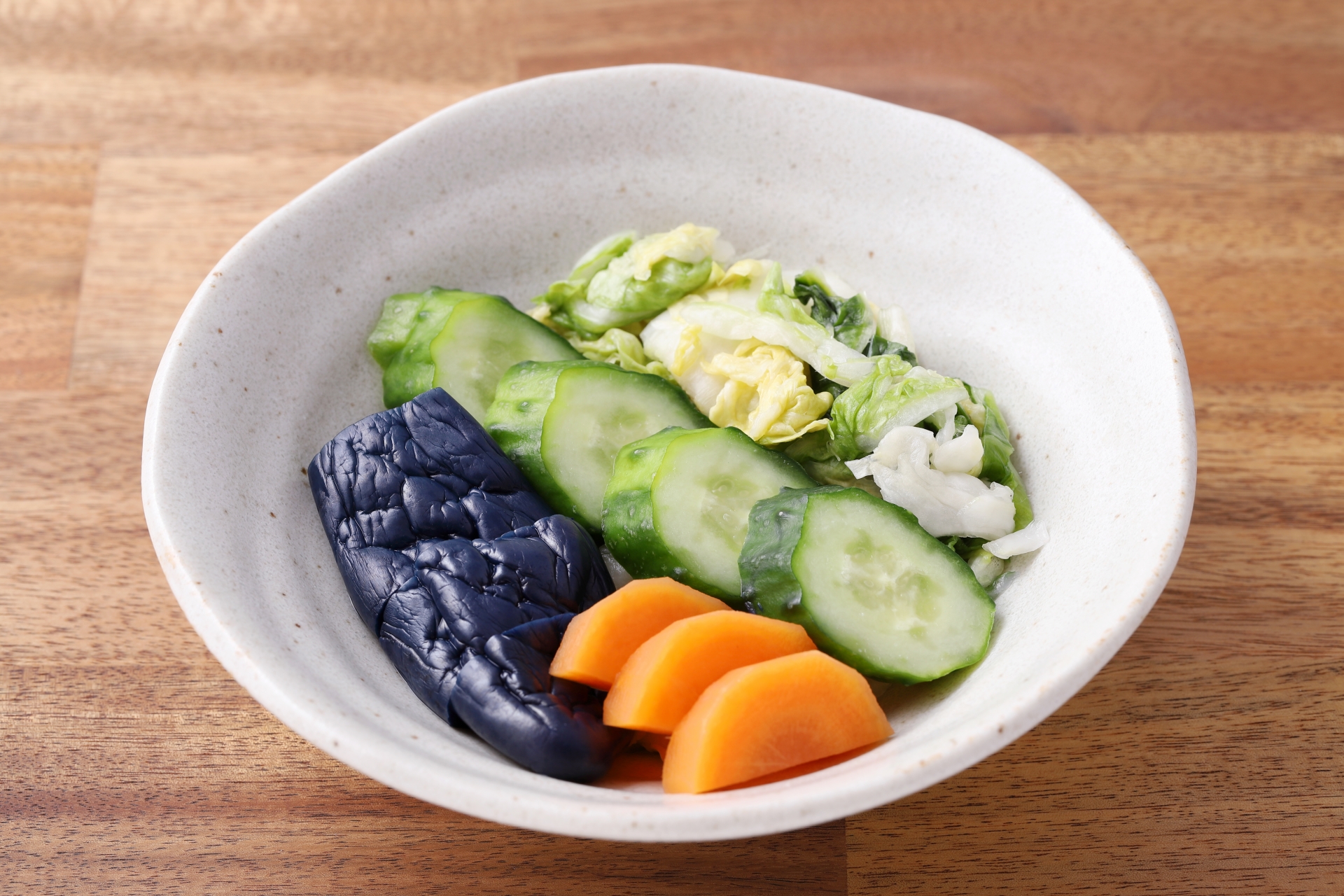
Seasonal and Regional Variations in Kaiseki
Kaiseki is profoundly seasonal. The chef curates ingredients and presentations to reflect the natural world, evoking the fleeting beauty of each season. Here’s a seasonal breakdown of typical ingredients:
| Season | Common Ingredients | Example Dishes |
| Spring | Bamboo shoots, cherry blossoms, young greens | Chawanmushi with spring herbs, sakura-themed sweets |
| Summer | Eel, cucumber, sweetfish (ayu) | Cold noodle dishes, light soups, pickled vegetables |
| Autumn | Matsutake mushrooms, chestnuts, persimmons | Grilled mushroom dishes, simmered root vegetables |
| Winter | Snow crab, daikon, yuzu | Hot pots (nabemono), citrus-accented broths |
Visually, Kaiseki dishes may incorporate seasonal motifs—like maple leaves in fall or snowflakes in winter—on the tableware or garnishes.
Modern Kaiseki: Innovation and Global Influence
While rooted in tradition, Kaiseki continues to evolve in the hands of innovative chefs. Contemporary Kaiseki may incorporate non-Japanese ingredients or modern culinary techniques while maintaining the seasonal and aesthetic integrity of the form.
For example, chefs like Yoshihiro Murata of Kikunoi in Kyoto and Niki Nakayama of n/naka in Los Angeles offer Kaiseki that bridges the classical with the contemporary. N/naka’s menu might feature abalone pasta or truffle-infused dashi, yet the spirit of Kaiseki—the reverence for season, progression, and presentation—remains intact.
Global interest in Kaiseki has led to its appearance in major cities like New York, London, and Paris, with Michelin-starred chefs adopting Kaiseki’s structure to deliver fine dining experiences that respect Japanese culinary philosophy.
Kaiseki vs Omakase: Key Differences
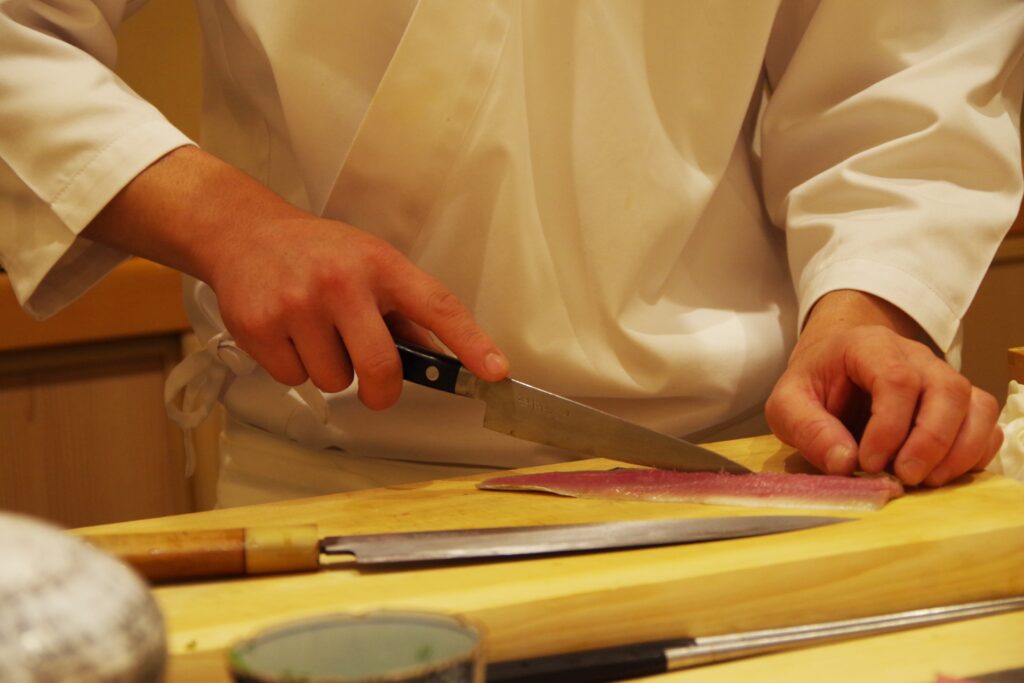
Though both Kaiseki and omakase offer multi-course Japanese meals, they differ in structure, origin, and intent. Unlike Kaiseki, which is a formal and historically grounded dining style, “omakase” is not a distinct category of Japanese cuisine but rather a service concept that means “I’ll leave it up to the chef.” While omakase is most commonly associated with sushi counters, it can also be experienced at izakaya, kappo-style restaurants, or any place offering seasonal or chef-curated menus. Its strength lies in spontaneity and freshness—featuring ingredients at their peak.
Here’s a comparison: . Here’s a comparison:
| Feature | Kaiseki | Omakase |
| Origin | Tea ceremony (Zen Buddhism) | No specific culinary origin; popularized by sushi culture |
| Meaning | Seasonal, structured course meal | “Leave it up to the chef” — a flexible chef’s choice style |
| Format | Fixed sequence of traditional courses | Varies daily based on fresh, seasonal ingredients |
| Focus | Aesthetic harmony, variety of techniques, seasonality | Ingredient freshness, spontaneity, chef’s intuition |
| Dining Setting | Often private rooms, traditional ryokan, fine dining | Sushi counters, izakaya, casual to upscale restaurants |
Kaiseki offers a pre-planned, ceremonial journey centered around traditional structure, seasonal expression, and balanced technique. In contrast, omakase is improvisational and chef-driven, often focusing on what is freshest or most exciting that day. While omakase is frequently seafood-centric, especially at sushi bars, it can also include grilled, simmered, or creative fusion dishes depending on the chef and venue. Importantly, “omakase” is not a formal category of cuisine but a service style that prioritizes trust in the chef’s skill and judgment.. Kaiseki places strong emphasis on aesthetics, seasonal symbolism, and ritualistic presentation, whereas omakase is more flexible and often centers around the personality and real-time decisions of the chef.
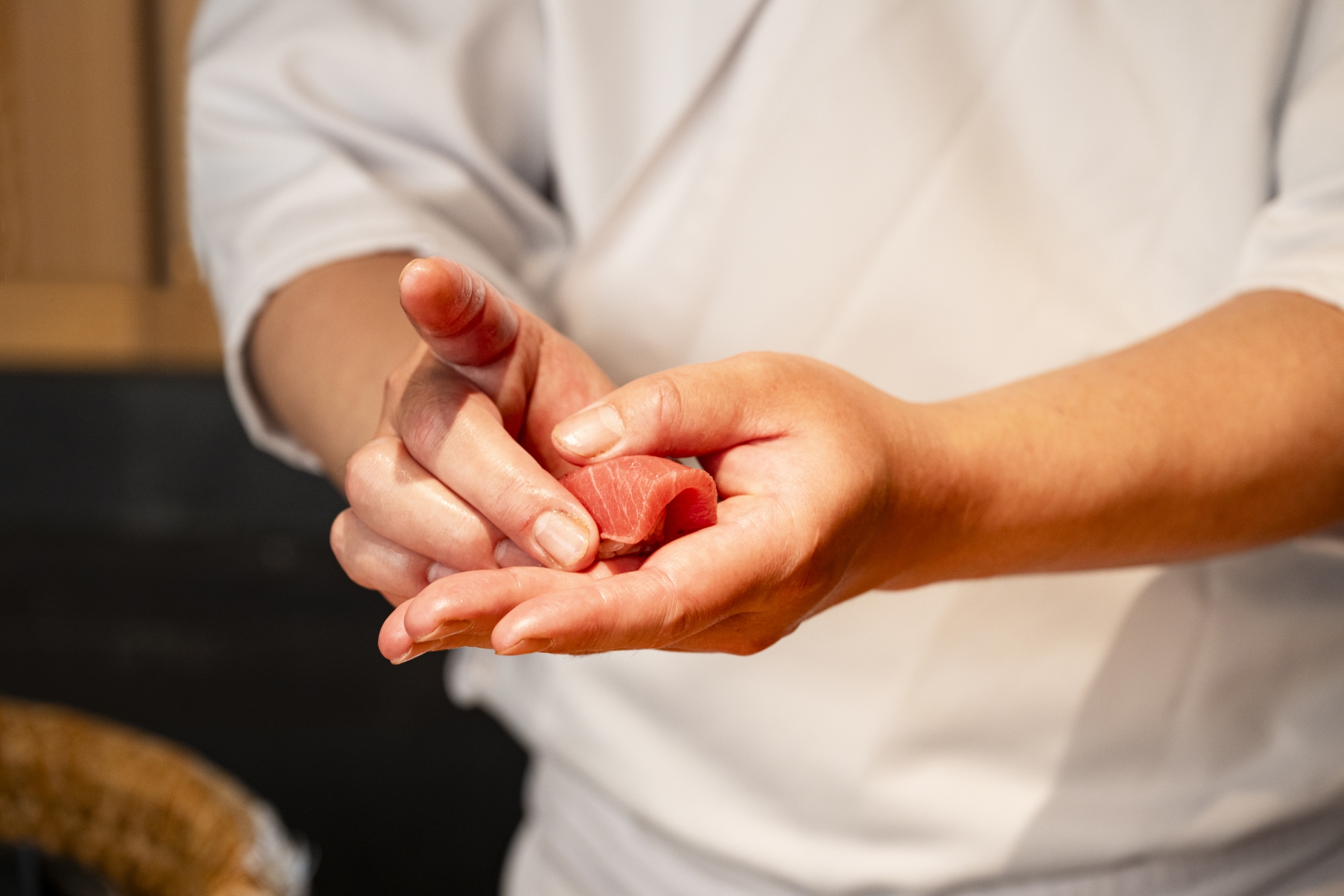
Kaiseki Dining Etiquette and Manners
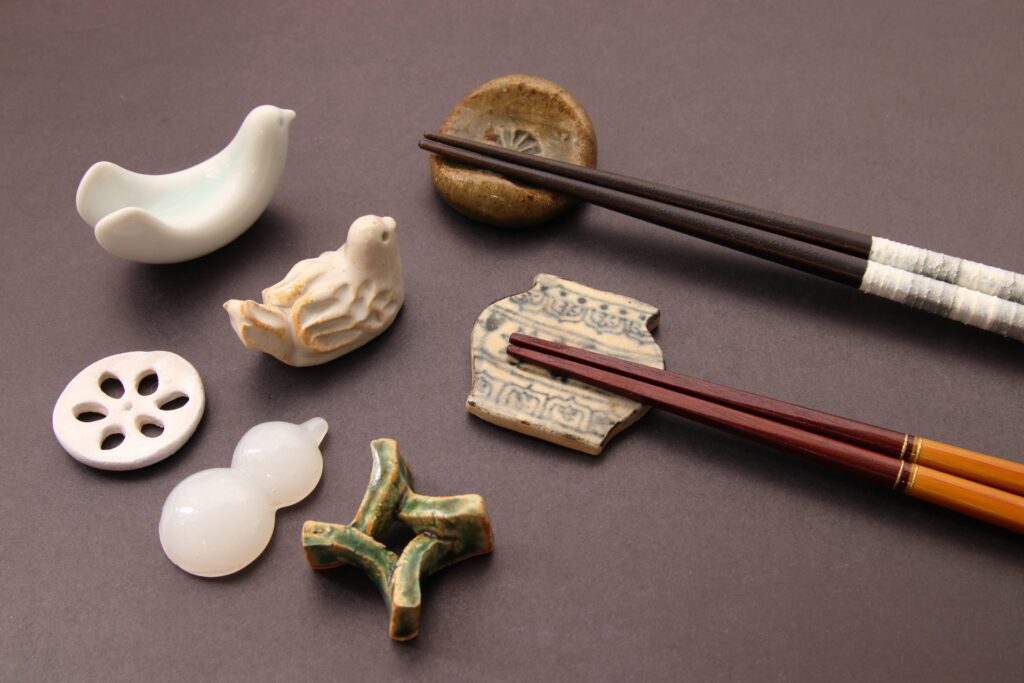
Dining at a Kaiseki restaurant is as much about mindfulness as it is about cuisine. Guests are encouraged to:
- Admire each dish with their eyes before eating — appreciate color, layout, and tableware.
- Use chopsticks gracefully, avoiding pointing or stabbing motions.
- Eat quietly and attentively, allowing the senses to focus.
- Thank the chef or staff with phrases like “gochisousama deshita” after the meal.
- Avoid dirtying more than the front 3cm of your chopsticks to maintain refinement.
- Do not place chopsticks directly on the table — use a chopstick rest.
- After using chopsticks, never rest them on dishes — return them to the rest or tray.
- Cut large items into bite-size portions to avoid leaving bite marks on shared food.
- Replace any lids on bowls after finishing to show completion.
- Do not use your hands as a substitute for a saucer — hold bowls properly.
- Use the provided oshibori (wet towel) only for your hands — never to clean spills or the table.
In traditional ryokan settings, meals may be served in-room by a kimono-clad attendant. Guests should be punctual and respectful of the quiet atmosphere. In modern Kaiseki restaurants, interactions with the chef may be more direct, especially at open kitchen counters.
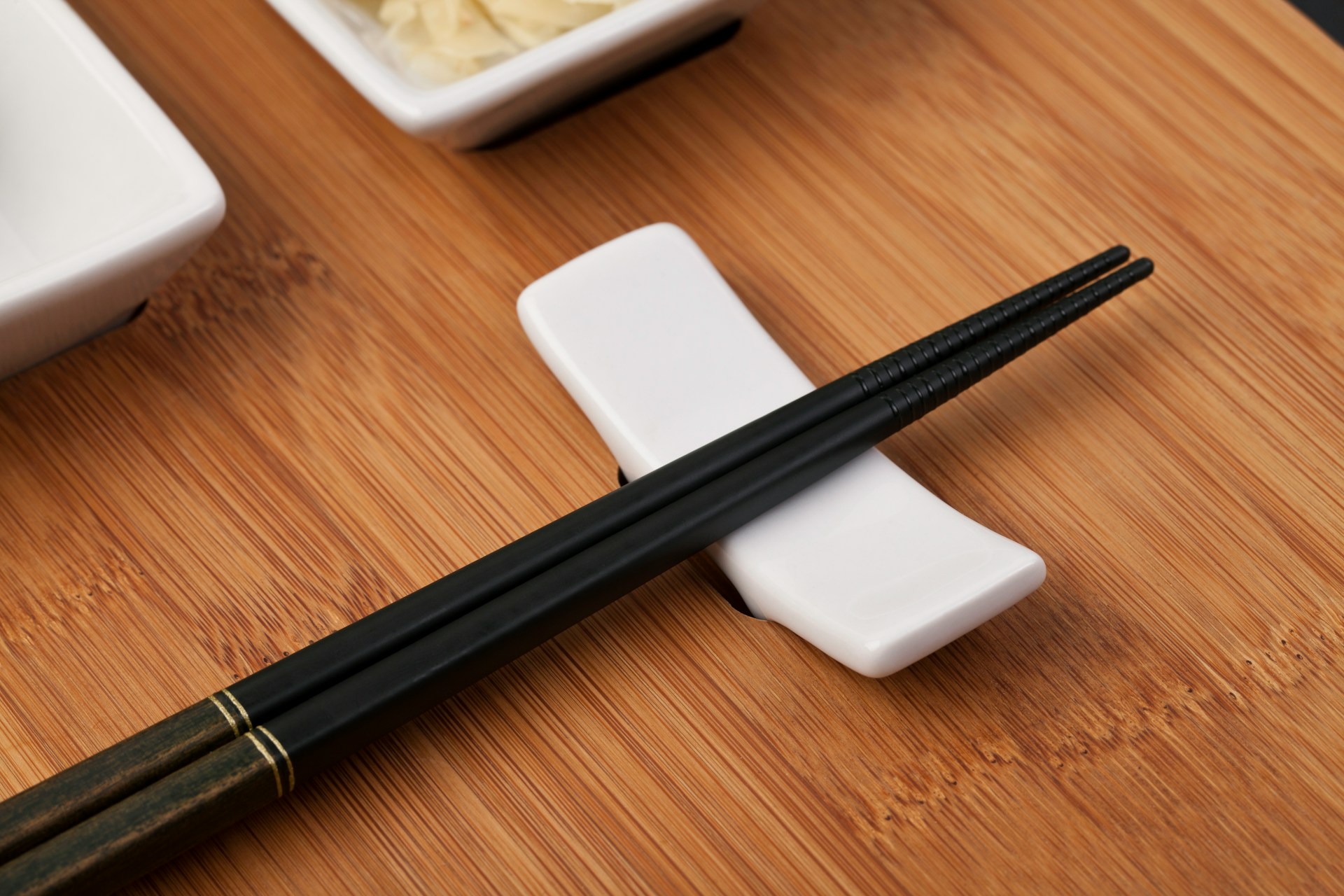
Dining Etiquette: How to Enjoy Kaiseki Respectfully
Here are some refined tips to enhance your Kaiseki experience:
- Timing is everything: Arrive on time, as the meal’s flow is coordinated.
- Follow the pace: Eat each course as it is served; don’t rush or linger too long.
- Handle unfamiliar dishes with curiosity, not hesitation — Kaiseki is a discovery.
- Accept seasonal shifts: Expect different ingredients and dish styles across the year.
- Use minimal fragrance or distractions, as Kaiseki emphasizes the purity of flavor and scent.
Whether dining at a tatami room in Kyoto or a sleek Tokyo restaurant, mindfulness and respect elevate the experience.
Where to Experience Kaiseki in Japan and Abroad
Japan offers countless Kaiseki dining opportunities, especially in cultural centers like:
- Kyoto: Kikunoi, Gion Maruyama, Hyotei
- Tokyo: Ishikawa, Ryugin, Kanda
- Kanazawa: Zeniya, Tsubajin
Abroad, Kaiseki-style dining can be found in:
- Los Angeles: n/naka (Michelin-starred)
- New York City: Kajitsu (vegetarian Kaiseki)
- London: Umu (Japanese fine dining with Kaiseki elements)
These restaurants blend authentic technique with local ingredients and global sensibilities.
Symbolism in Ingredients, Presentation, and Tableware
Kaiseki is not only culinary art—it is symbolic storytelling. From the choice of dishware to garnish, every element holds meaning:
- Tableware changes with the season (e.g., ceramic leaves in autumn)
- Ingredients often carry auspicious meanings — lotus root (purity), chestnut (abundance)
- Plating mimics natural landscapes, following wabi-sabi (beauty in imperfection)
Even empty space on a plate is intentional, allowing for mental reflection and aesthetic balance. The overall experience reflects shun (seasonal peak), hospitality (omotenashi), and Zen-inspired simplicity.
Conclusion: The Essence of Kaiseki
Kaiseki is far more than a luxurious Japanese meal — it is a cultural and philosophical expression of Japan’s deep connection to nature, harmony, and refinement. From its humble roots in Zen monastic life to the refined multi-course feasts in modern restaurants, Kaiseki has grown into a culinary art that balances flavor, seasonality, and beauty.
In this article, you’ve discovered Kaiseki’s origins, its structured course format, seasonal essence, and modern interpretations. You’ve learned the difference between Kaiseki and omakase, how to approach a Kaiseki meal respectfully, and where to find this exquisite experience.
Whether in Japan or at a fine dining venue abroad, Kaiseki invites you to slow down, savor the moment, and connect with the natural world — one beautifully crafted dish at a time.

